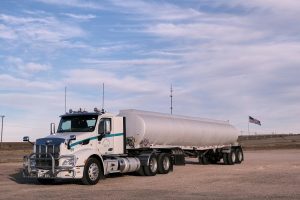
LiDAR (Light Detection and Ranging) technology is used for various applications, including inspection and surveying services. Lidar Solutions offer two types of services called:
- LiDAR inspection services
- LiDAR surveying services
LiDAR Remote sensing method
LiDAR (Light Detection and Ranging) is a remote sensing method that uses laser pulses to measure distances and gather information about the Earth’s surface and surroundings. Here’s how LiDAR remote sensing works:
- Emitting Laser Pulses:
- Reflection from Target
- Measuring Return Time
- Capturing Return Intensity
- Scanning and Data Collection
- Generating Point Clouds
- Data Processing and Analysis
LiDAR remote sensing offers several advantages, including high accuracy, the ability to penetrate vegetation cover, and the acquisition of detailed three-dimensional data. It is used in various applications such as topographic mapping, forest inventory, urban planning, flood modeling, infrastructure monitoring, and environmental assessments.

LiDAR inspection services
LiDAR inspection involves using LiDAR sensors to collect detailed and precise data about the surface and features of an object or infrastructure. Here are some areas where LiDAR inspection services are commonly employed:
- Infrastructure Inspections. LiDAR can be used to assess the condition of bridges, dams, pipelines, power lines, and other critical infrastructure. It enables the detection of structural damage, deformations, and other potential issues.
- Environmental Inspections. LiDAR can assist in environmental monitoring by capturing data on vegetation, land cover, and topography. This information is valuable for assessing the impact of natural disasters, monitoring ecosystems, and managing forest resources.
- Industrial Inspections. LiDAR is utilized in industrial settings to inspect manufacturing facilities, oil and gas installations, and other industrial structures. It aids in identifying potential hazards, monitoring equipment conditions, and optimizing maintenance processes.
- Historical Site Inspections. LiDAR can be used to document and analyze historical structures and archaeological sites. By creating detailed 3D models, LiDAR assists in preservation efforts, reconstruction, and historical research.





